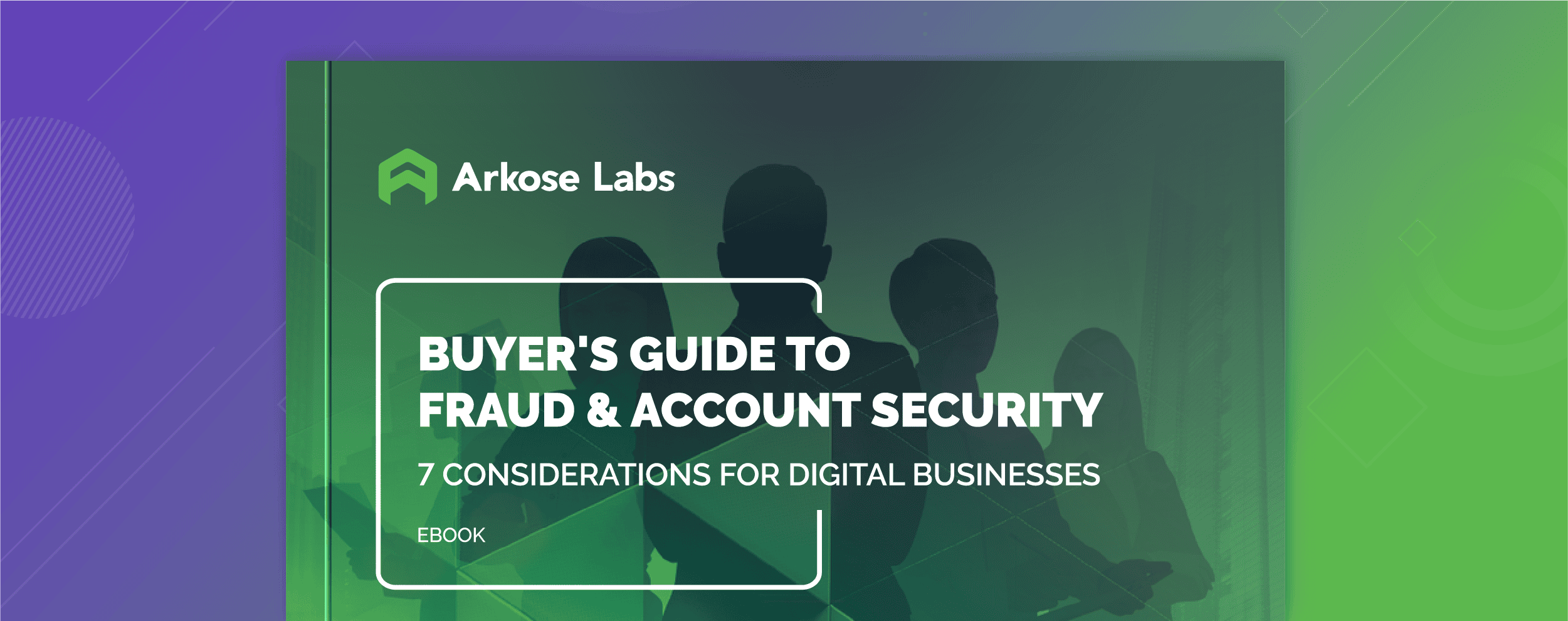As online sales continue to dominate the global marketplace, instances of fraudulent activity have also risen significantly. Chargeback fraud, also known as friendly fraud, occurs when a customer disputes a legitimate purchase, leading to a chargeback and potential financial losses for businesses.
What is Chargeback Fraud?
Chargeback fraud is a deceptive practice in which a customer disputes a valid transaction with their credit card issuer or bank, resulting in a chargeback. This fraudulent activity, which happens often in ecommerce or card-not-present (CNP) transactions, allows the customer to obtain a refund for the transaction while keeping the goods or services they purchased.
Common Types of Chargeback Fraud
Chargeback fraud can be intentional criminal activity, initiated by the customer with the intent to defraud the merchant, or unintentional, where customers dispute transactions due to an honest mistake or dissatisfaction.
Intentional, or Illegitimate Chargeback Fraud
These types of fraud are always criminal in nature, meaning the purchaser deliberately sets out to defraud the merchant. They include:
- "Friendly Fraud": A customer deliberately denies making a transaction, claiming unauthorized use of their credit card to obtain a refund.
- "Item Not Received" Fraud: Customers falsely assert that they did not receive the ordered goods or services, even though they did.
- "Item Not as Described" Fraud: Customers falsely claim that the received product or service differs significantly from the description provided by the merchant.
Another type of fraud is triangulation fraud, in which merchants become unwitting accomplices in fraudulent chargebacks. Bad actors use a legitimate debit or credit card to purchase products or services from an unsuspecting merchant, which they then resell on another platform, leaving the original merchant with a chargeback and no way to recover their loss. Since the initial transaction appears legitimate, triangulation fraud is difficult to detect.
Unintentional Chargeback Fraud
Unintentional chargeback fraud refers to customers who dispute legitimate charges because they may be unaware of the charges, or because they may misunderstand return policies. They include:
- Lack of Awareness: Customers may not recognize a legitimate charge on their billing statement, leading to a dispute without malicious intent.
- Poor Communication: Misunderstandings between customers and merchants regarding cancellations, return policies, or refunds can result in unintended chargebacks.
Episode 5: Fraud Schemes: eCommerce
Chargeback Fraud Consequences
Merchants must bear the operational costs of chargebacks, which include the transaction amount, processing fees, and other additional fees. Businesses also face indirect expenses such as loss of merchandise or services and reputational damage. For small businesses in particular, these losses can be devastating. The disputed funds, as well as the product or service that was provided to the customer, may be lost in the process. Negative reviews and word-of-mouth can spread quickly, causing merchants to lose customers and revenue.
Common Causes of Chargeback Fraud
One of the most common causes of chargebacks is friendly fraud, where a customer disputes a legitimate transaction. Identity theft is another major cause of chargeback fraud, where fraudsters use stolen credit cards to make purchases. Merchant errors, such as accidental overcharging or double-charging customers, can also lead to chargebacks. Cybercrime is yet another reason why businesses experience chargeback fraud, as hackers can breach merchant accounts and steal customer credit card information. Poor customer service also contributes to chargeback fraud when dissatisfied customers file chargebacks instead of contacting the merchant directly to seek a refund.
Payment Processing Issues
Payment processor issues can sometimes lead to fraudulent transactions. For example, double-charging or refund errors can result in customers disputing legitimate transactions and filing chargebacks. Additionally, fraudsters may take advantage of weaknesses in the payment system to access private data or make unauthorized purchases. To prevent these types of issues, merchants should implement multi-layered security measures, monitor transaction data, and promptly respond to disputes to help reduce the risk of chargeback fraud due to payment processing issues.
Security and Data Breaches
Bad actors can use stolen credit card information to make fraudulent purchases, leading to excessive chargebacks for merchants. In addition to financial damages, these breaches can result in reputational harm for businesses. It is crucial to implement strict security measures such as encryption of sensitive data and multi-factor authentication. By monitoring transactions, identifying suspicious activity, and establishing strong policies, merchants can effectively reduce the risk of chargeback fraud resulting from security and data breaches.
Ways to Detect and Prevent Chargeback Fraud
There are various prevention techniques to reduce the risk of chargeback fraud. Verifying customer details and monitoring transactions closely can help identify suspicious activity. You should also keep detailed records of all transactions, including communication with customers, to avoid misunderstandings or disputes. Using fraud detection software can also assist in identifying potential fraudulent activity and taking proactive measures to prevent it. Additionally, having clear and transparent refund policies can help avoid customer disputes and reduce the likelihood of chargebacks. Below are some best practices for detecting and preventing chargeback abuse and fraud:
Strengthen Communication
- Use Clear Transaction Descriptors: Provide an easily recognizable billing descriptor and transaction information on billing statements to reduce customer confusion and potential chargebacks.
- Provide Timely Customer Notifications: Send confirmation emails, delivery notifications, and purchase receipts promptly to keep customers informed about their transactions.
- Provide Easy Customer Support: Offer responsive customer support channels to address concerns, resolve disputes, and provide assistance, reducing the likelihood of a chargeback dispute due to poor communication.
Robust Transaction Documentation
- Detailed Records: Retain comprehensive transaction records, including customer information, shipping details, IP addresses, and order histories, to substantiate claims during the chargeback process.
- Delivery Confirmation: Implement proof of delivery mechanisms, such as tracking numbers or signed receipts, to provide compelling evidence of successful product delivery, mitigating claims of non-receipt fraud.
Enhanced Fraud Detection Systems
- CAPTCHA and Advanced Bot Detection: Implement CAPTCHA systems during critical CNP transactional processes to differentiate human users from automated bots.
- Advanced bot detection mechanisms, such as behavioral analysis, device fingerprinting, and machine learning algorithms, help to identify and block malicious bot activity in CNP transactions.
- Sophisticated bot management solutions monitor and analyze incoming traffic patterns in real-time, enabling the identification of high-risk or suspicious activities indicative of bot-driven fraud attempts in CNP transactions.
- Traffic sources, IP addresses, browsing behavior, and session durations should be monitored to distinguish between legitimate users and automated bots in CNP transactions.
Collaboration with Payment Processors
- Chargeback Alerts and Notifications: Make use of services offered by payment service providers that alert merchants of potential chargebacks before they happen, enabling proactive resolution and mitigation efforts.
- Transaction Risk Scoring: Utilize payment service providers' risk scoring systems to evaluate the likelihood of chargebacks based on various parameters such as transaction history, chargeback rates, and industry benchmarks.
How Arkose Labs Can Help
Chargeback fraud is a significant challenge for e-commerce businesses that process online payments. However, merchants can use chargeback fraud prevention software and tools to identify and prevent fraudulent transactions. Arkose Labs is the leading bot management solution, enabling retailers to take a zero-tolerance approach to fraud and abuse. Suspicious traffic is targeted with tailored challenges that put the right amount of pressure on fraudsters’ ROI without blocking or compromising the good user experience.
Our AI-powered platform combines defense-in-depth detection with dynamic attack response to navigate unclear trust signals without disrupting the good user experience. Fraud and security teams gain the advanced detection power, risk insights, and options for user-friendly enforcement they need to go from fraud mitigation to fraud deterrence.
To learn more about how Arkose Bot Manager can help to prevent chargeback fraud, book a demo today!


